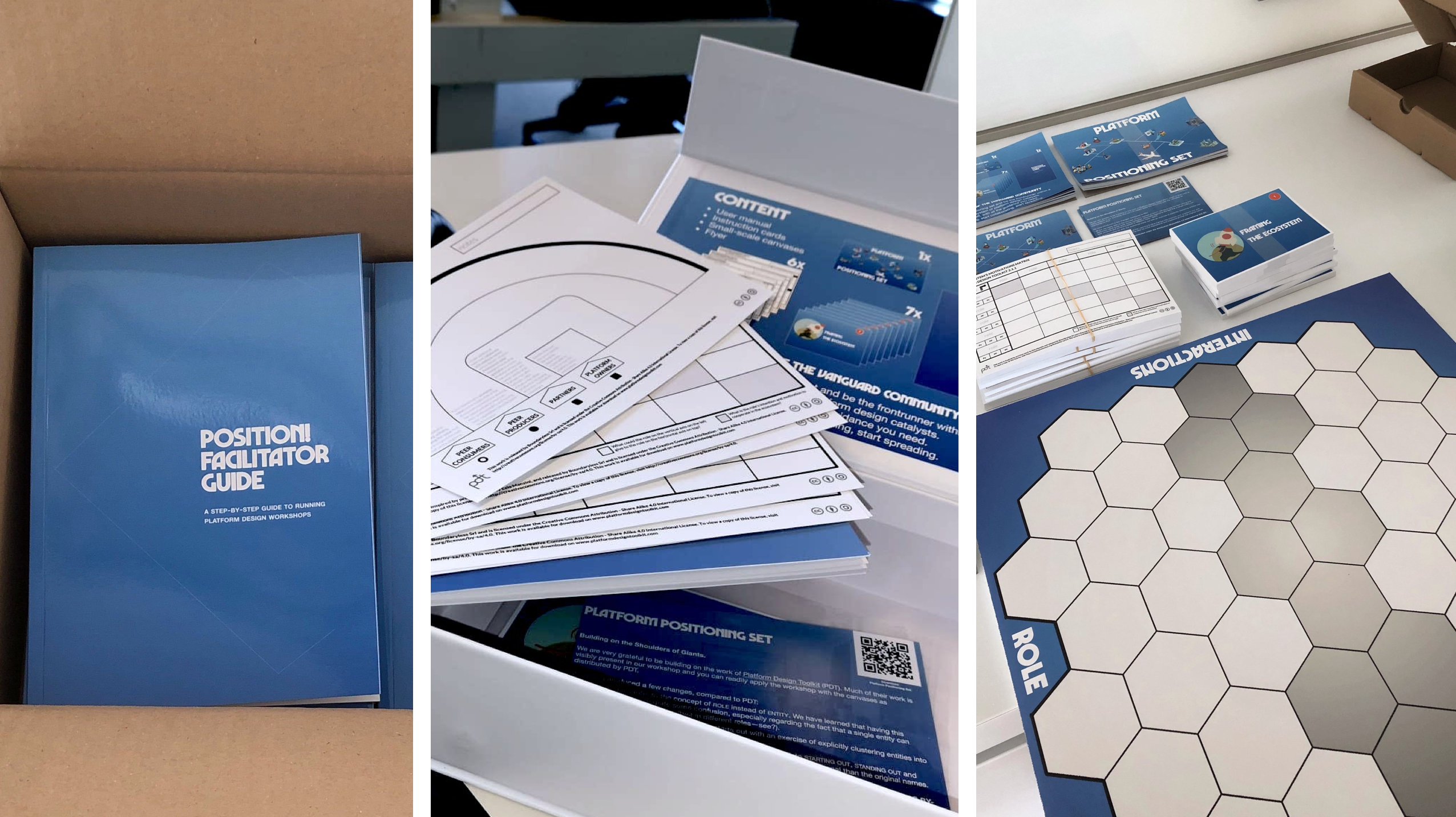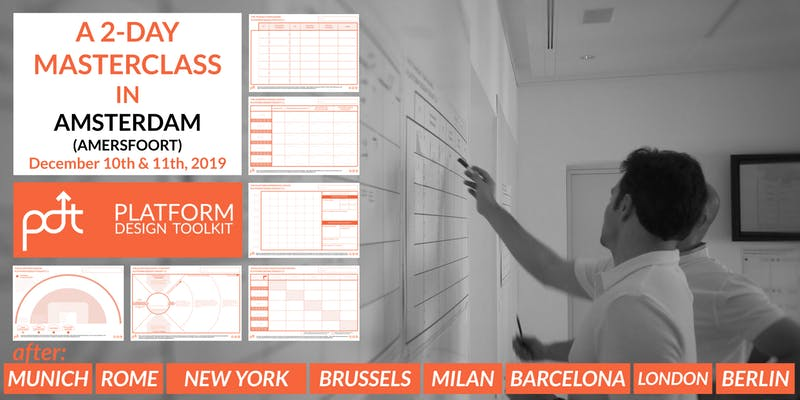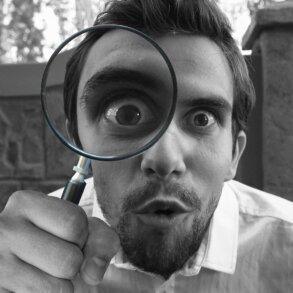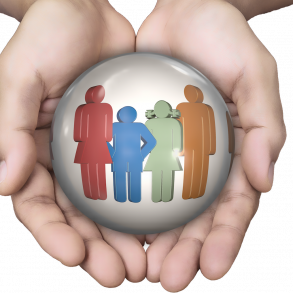A conversation with Ron Kersic, Enterprise Architect & Innovator at ING
By Esme González Pillado and originally published at platformdesigntoolkit.com
This post is brought to you by platformdesigntoolkit.com and is dispatched in our fortnightly newsletter
Excerpts by Enlivening Edge Magazine, with permission.
Premise
The theory says that innovation is a mindset and a way to hold a process rather than a solution itself. The theory says that if you keep the right mindset chances are that you will keep innovating and adapting your solutions to the ever-changing context, but often the gap with reality can shy ourselves away. Changing mindsets inside an organization or a business unit seems like a titanic task and it might be easier to focus on more concrete deliverables than getting into that rabbit hole.
Platforms and platform organizations are in vogue. No-doubt of the interest for innovating in this area and profiting from network effects and strong moats. But …hold on…if innovation is a mindset, are platforms a mindset? If so, how do we start? How do we translate a methodology like Platform Design Toolkit into a mindset of an organization and make sure it doesn’t end up in a drawer like countless workshop materials when we are back to our routines?
We invited Ron Kersic, Enterprise Architect and Technology and Innovation Strategist at ING, and a crucially active member of our Community of Practice, to share with us his unique and unplanned journey into the world of platforms.
During this conversation, Ron reminds us — with his great humor — about the importance of curiosity and collaboration in igniting the platform transformation; and shares with us what are the next steps now that the platform culture has come of age at one of the leading corporations in financial services.
We invite you to read this (slightly edited) conversation to discover how the platform transformation at ING got ignited and what has been Ron’s role in the making.
Here are some of the highlights:
- experience in software product development, and API’s — plus the hours he “wasted” on board games — cross-pollinated Ron’s relentless curiosity for understanding the world’s technological shift and eventually resulted in the longest and exciting job he has ever had;
- evangelizing about platform design is not only about doing workshops but also about nurturing an ecosystemic culture at ING.
Note from Enlivening Edge Magazine: The whole interview is long, rich, highly useful, inspiring, and easy to read. Please go read it here.
………..if you combine product software, product development lines and API’s, what you actually get is a …platform, in a technical sense, right?
….Liquid Expectations (according to their observations) is how a brand is perceived but is not limited anymore to your industry. …….So that was where I start talking about ecosystems. So we have platforms and ecosystems.
……how does design looks in a service-dominant context: in this context you no longer are the designer but your participants and your customers are designing. If you’re no longer the expert that holds the problem and the solution, you become the facilitator of the problem meeting the solution.
[For context — “Service-Dominant Logic: Changing Perspective, Revising the Toolbox”.]
……….So, the role of the designer as the expert is limited in service-dominant logic. If you combine that with ecosystems and platforms, you have this almost explosive combination.
……. Depending on how you shape things they can have a massive role in co-creating the experience.
So, at that time, I realized that my design toolkits, all my canvases, toolboxes, interviews and this and that could not be used in a platform-ecosystem context. …….In the end, what I was looking for was the Platform Design Toolkit.
…………. At that point in time, as an organization, we were trying to understand. What is a platform? What’s a definition of platform? ….Why should we be doing a platform, we’re a bank after all, right? It was still a whole bunch of why stuff. ………..
……..You could see that people got platforms. They accepted that the platform economy is real and that it won’t go away. And that’s a good thing since we want to be part of that economy. We want to be a good citizen of that economy. ……
It was as if our collective consciousness changed. We moved from “Can you tell me what a platform is?” to “Can you help me in acting in this platform economy?”, and “Can you convince me that I should be a platform practitioner?” to instead “What can you give me to become a platform practitioner?”
Moving on
………….You could see the toolkit being used for contents and purposes we never envisioned. We encountered a team last year that used a platform workshop to get their identity front and center. Not to design a platform but to design in the platform context. ………That’s almost a tool for cultural transformation. And that’s a big term. But that’s how that shaped out.
We moved on beyond the what is a platform, to ask what I should do? And now we are going to do it ourselves. We got the what a platform is, we get what it means to be a good citizen and we’re going to act on that one ourselves.
……….So now that we have a shared understanding of the moving parts of a platform, how do you connect them and how do you name them? If everybody says “learning engine” and enough people see the “learning engine” in front of them, and that is a shared understanding.
…….. it’s an open-source available method and many people are using it. And the fact that you can get it from the world wide web that lowering of the barrier, is very important.
What we did change was our facilitation. Our primary focus is to make PDT in a way that you can consume it, as much self-serve as possible. People just get our instructions from some site, (we’ll come to that one later), they download it, read it and actually can start using it right away.
The reason why we now distribute the workshop-in-a-box, it’s again because we noticed that if you give people a box, it feels like you gave them something and it means something. …….Now we kind of went over the top, but the reason why we did this is to make it real.
We have been creating our own facilitation narrative and in terms of acceptance, this facilitation and this workshop are part of the global enterprise architecture service offering. …….
…….…so we designed what it looks like a board game. ……We wanted to make people shove things around and get the feeling that they are creating the experience. They are not just filling in squares on a canvas. I wanted them to feel “I’m creating, I’m making choices”.
Platform Design Toolkit.

The cool thing here, I believe … is that our platform design offering as a service is mature.

……………
Take outs
There are great learnings from this conversation. But here are 3 takeouts that we believe are worth noting:
Platform is a mindset and a language that helps an organization and its moving parts in understanding the new paradigm; their new role and mission and how to become a better “citizen” of this new economy.
Tools like the Platform Design Toolkit are great but there is a need for instigators and conspirators in an organization to provide the right support to start the shift and towards platformization and new forms of meaning-making.
Organizational change is more successful when its people are co-holders of meaning. If you want to see change happen, you need to start empowering, enabling people and designing elements that facilitate the adoption of the new mindset.

Learning platform design is essential in the XXIst century: do that with the ones that created, and evolve the most advanced and accessible toolkit for this mission. A participant once said the masterclass: “changed the perception of what is possible”.
Join us in one of our upcoming Masterclasses or Bootcamps, check dates available on our website and reach out directly for private workshops, large groups, and remote training. We help companies envision the transformative opportunity in the platform-ecosystem transition.

……
Before You Go!
As you may know, everything we do is released in Creative Commons for you to use. In case you’re getting value out of these reads and tools, we encourage you to [go to the original site and] click the ?button and hold down to 20–50 claps as this will help us to get more exposure, and hopefully, work more on developing these tools.
If you liked this post, you can also follow me on Twitter, I normally curate this kind of content.
Thanks for your support!
Featured Image added by Enlivening Edge Magazine.




